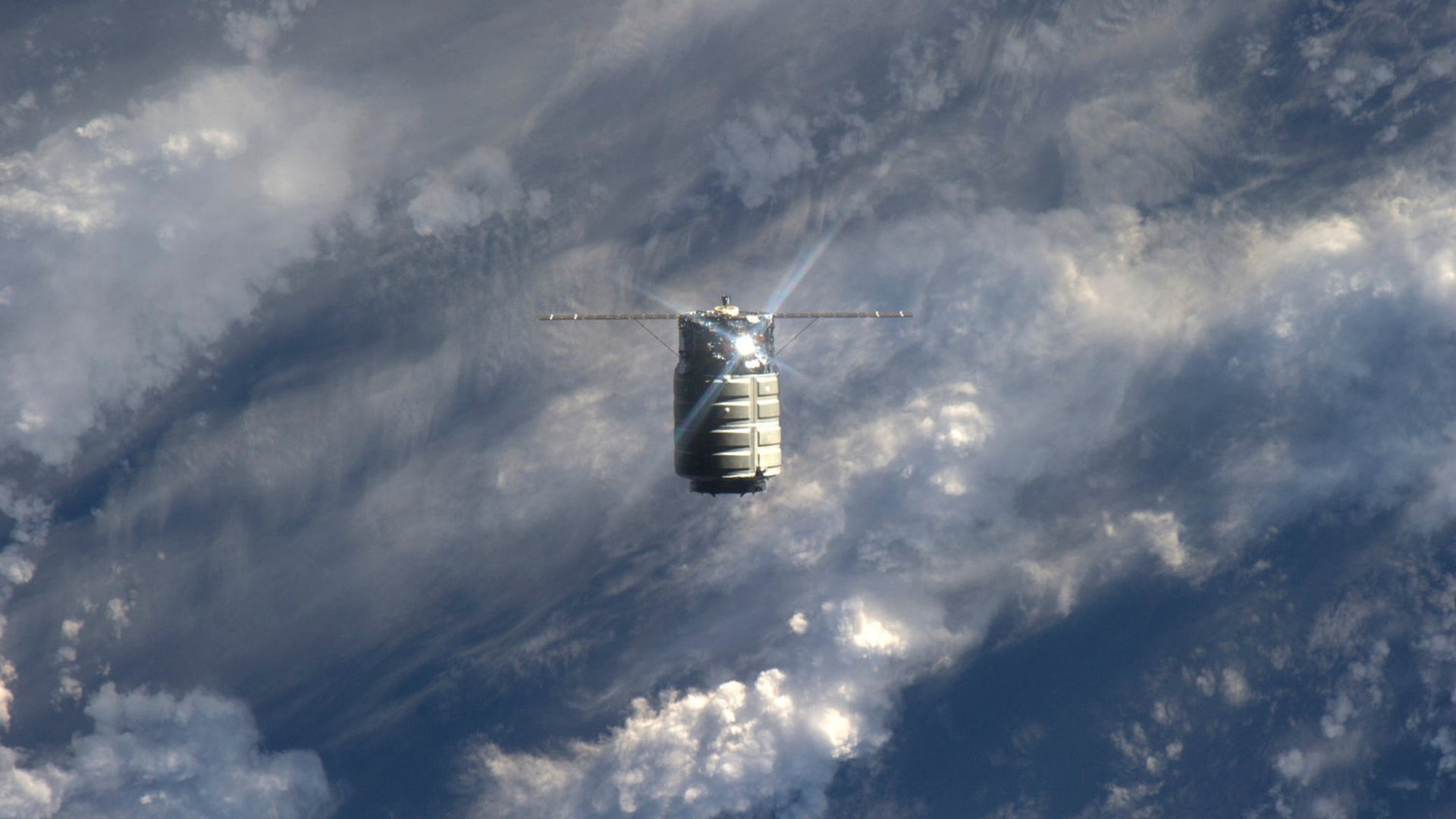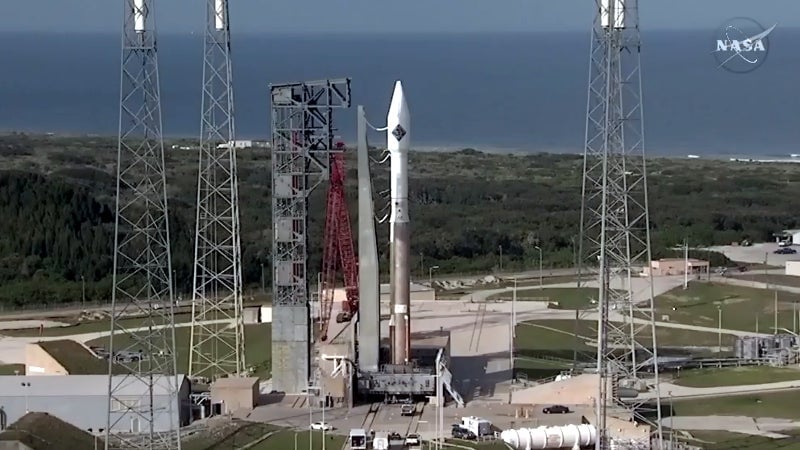There’s a lot riding on today’s mission to resupply the International Space Station
Can private companies handle the responsibility of keeping the International Space Station resupplied? The proposition will be tested today when a US rocket attempts to fly nearly four tons (3.5 metric tons) of food and supplies to the six residents of humanity’s orbital outpost.


Can private companies handle the responsibility of keeping the International Space Station resupplied? The proposition will be tested today when a US rocket attempts to fly nearly four tons (3.5 metric tons) of food and supplies to the six residents of humanity’s orbital outpost.
Update, 12/7: After several days of weather delays, the space craft successfully launched on December 6.
The supplies are nestled in a Cygnus space craft built by Orbital ATK, which has a $1.9 billion contract to ferry food, water, and scientific equipment to the space station. But Orbital’s cargo is flying on an Atlas rocket, built by a different company, United Launch Alliance (ULA).
That’s because in 2014, an Orbital mission to the space station failed spectacularly after the refurbished Russian engine in its Antares rocket exploded. That forced today’s awkward reliance on a competitor, made apparent in this image of the Cyngus, inside a sleek white faring, bolted onto Atlas’ former ballistic missile body on the launchpad:

The most recent prior US commercial resupply mission to the station, by a SpaceX Falcon 9 rocket in June, also ended in an explosion. Though several Russian vehicles and one Japanese mission have visited the space station, the failure of three missions last year (one successful Russian launch saw the cargo ship go spinning off into infinity) has put some pressure on the place: Without new supplies, rationing begins in February and food would run out in March.
The run of bad performance has critics of the hired-gun approach watching today’s launch closely, but confidence is fairly high–particularly because the Atlas has been a reliable performer for ULA, with its last outright failure in 1993. SpaceX, meanwhile, is expected to attempt another ISS mission before Jan. 8, though it will need to demonstrate its return-to-flight (and try to one-up Jeff Bezos) beforehand.
NASA officials, at least, don’t intend to read too much into whatever happens tomorrow.
“Commercial space is going to happen,” Kirk Shireman, NASA’s manager for the ISS, told reporters. “It is inevitable, it is occurring right now, it is our future. It’s not something that NASA or even the US government can own by itself, it’s growing organically.”
And the upside for NASA? “We expect to get our launch costs cheaper in the future as a result” of the growth in the commercial launch market, Shireman said.